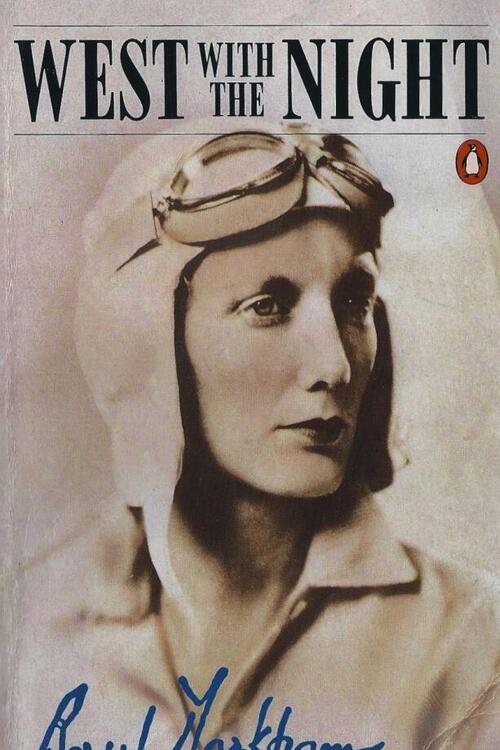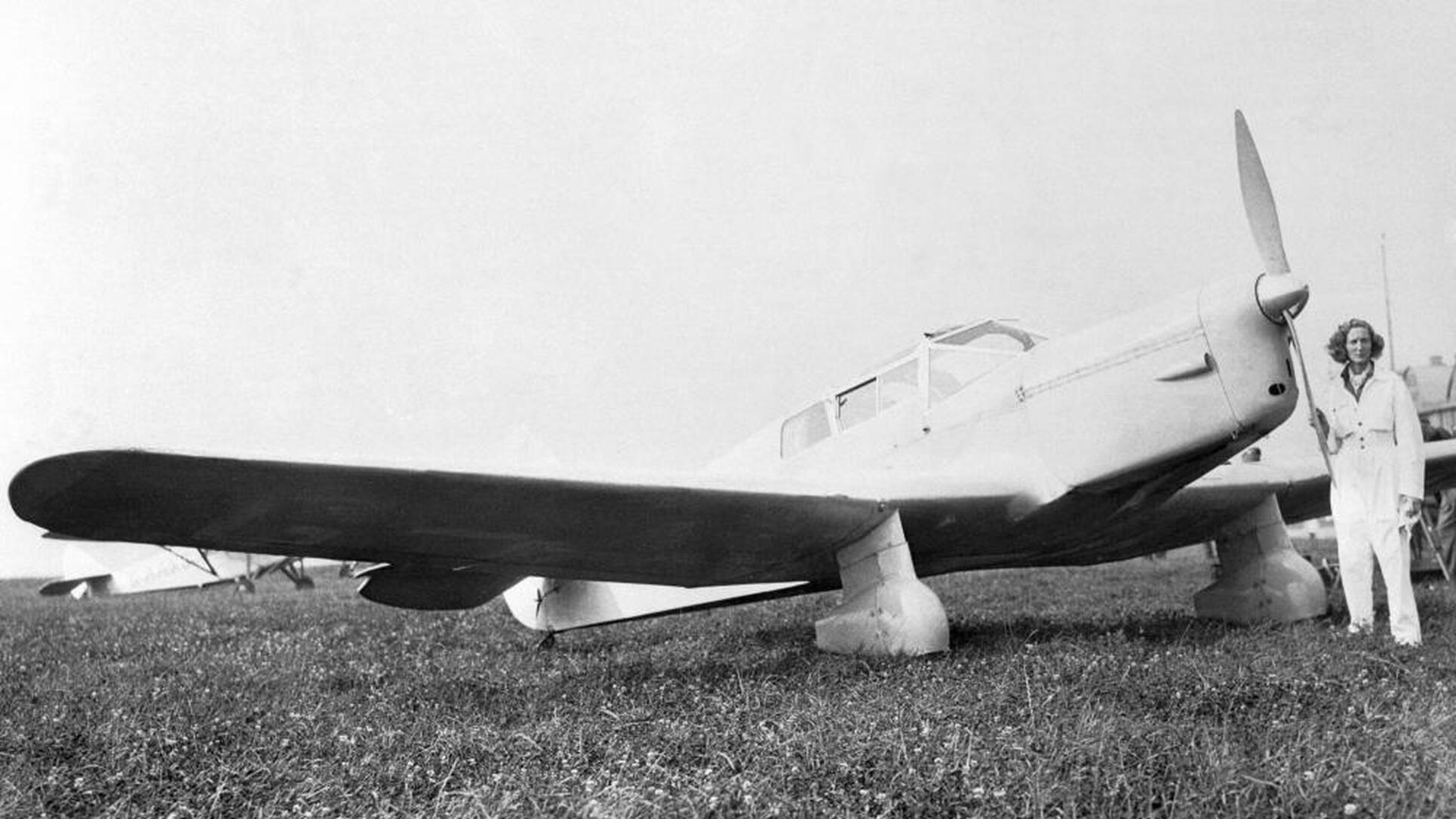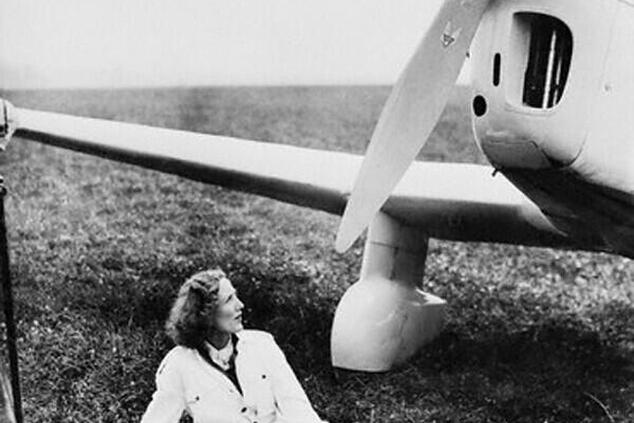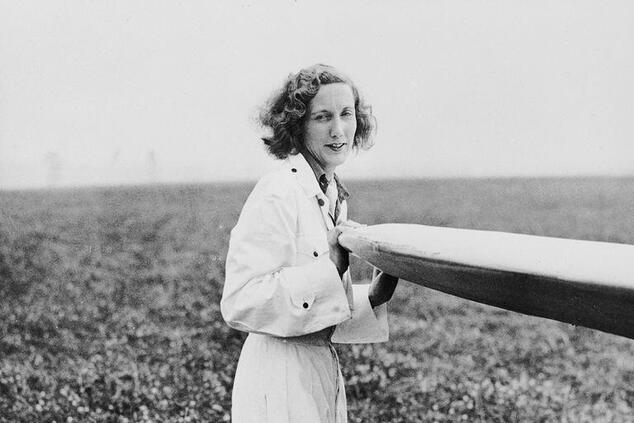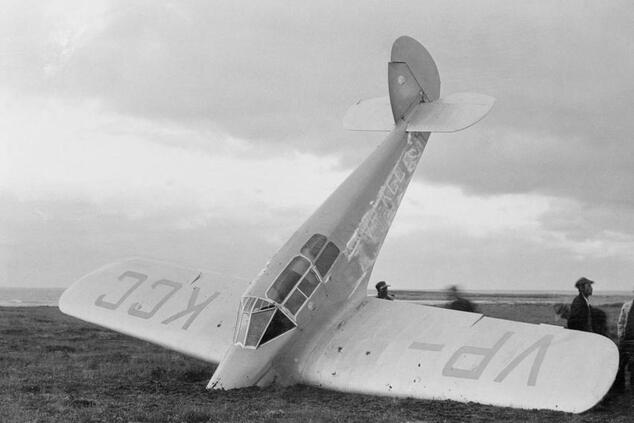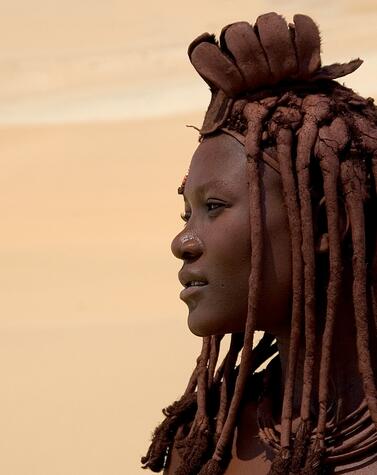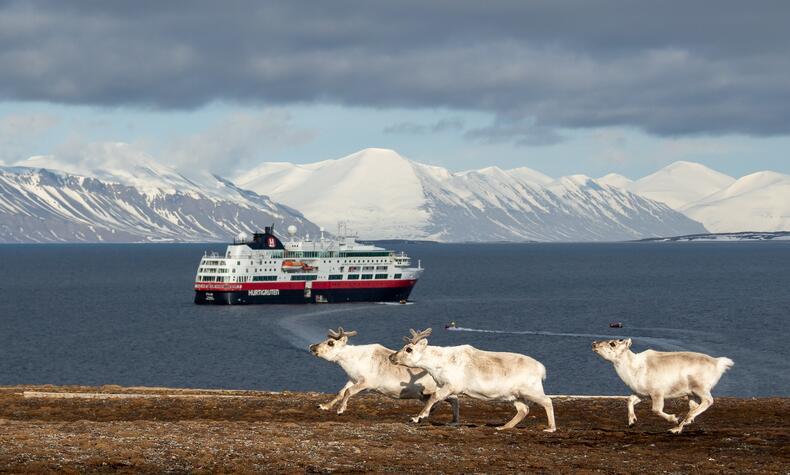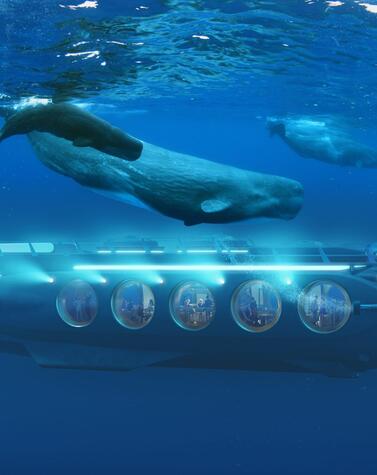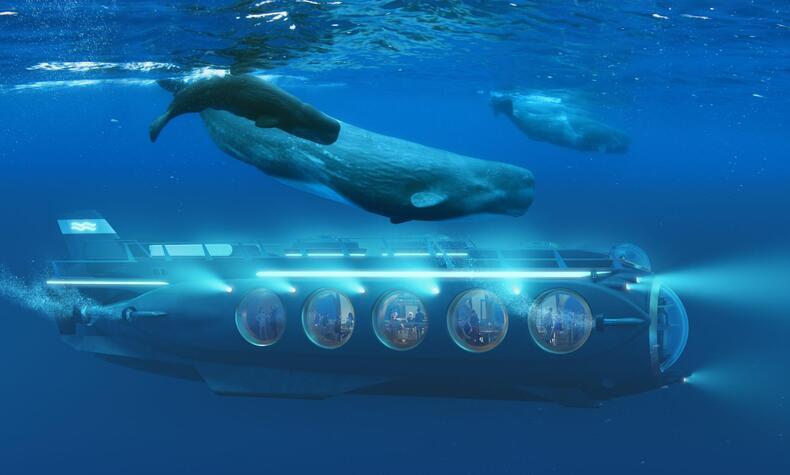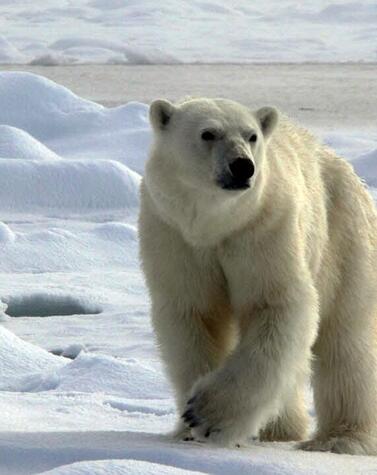Beryl Markham, between heaven and earth
Beryl Markham was born in 1902 in the United Kingdom, although within a few years of her birth, her family moved to Kenya, which at that time belonged to British East Africa. The family bought a farm in Njoro, near the Great Rift Valley. Beryl's mother returned to England, but she stayed in Kenya with her father and lived an atypical childhood for a girl of her time, playing barefoot, learning to handle a spear and a bow and arrow, and hunting with the natives. Her love of horses led her to learn a lot about them and, as a teenager, she became a great horsewoman and the first licensed female horse trainer in that country.
Considered a free soul, nonconformist, ahead of her time, and somewhat eccentric, one of her youthful friends in Kenya was Baroness Karen Blixen. When the relationship between Blixen and the hunter and aviator Denys Finch Hatton was not at its best, it seems that Markham began a clandestine affair with him. In fact, Hatton invited her to join him on the flight that would eventually end his life, but she declined the invitation because of a suspicion from her flight instructor, Tom Campbell Black.
It was Campbell, with whom Beryl Markham also had an affair, who taught her to fly and, for a time, she worked as a pilot in the air postal service and in operations carried out in remote places, where she hunted animals from the air and marked the location of safaris on the ground.
Beryl Markham went on to marry three times and had numerous affairs with such well-known figures as the Duke of Gloucester and his brother, the Prince of Wales, and the writer Antoine de Saint-Exupéry.
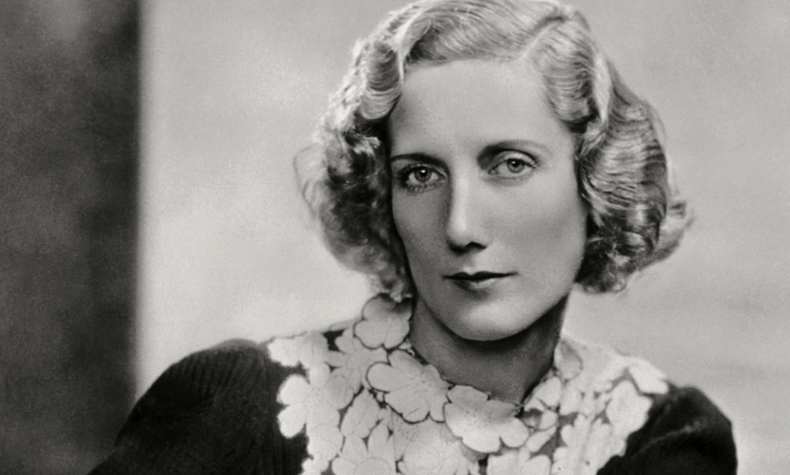

Flight across the Atlantic
After making several successful solo flights between Nairobi and London, Markham decided in 1936 to perform the feat at the time of flying across the Atlantic from East to West solo on a non-stop flight. No woman had ever made the flight in that direction, although 15 attempted it, five disappeared at sea, and three crashed and died on the spot. Renowned aviator Amelia Earhart had crossed the Atlantic solo, but from West to East, from Newfoundland to Great Britain. Doing it in the opposite direction meant not having the winds so favorable. Beryl flew over the Atlantic alone, in the dark, with no radio and not knowing if she would make it and achieve her challenge.
On September 4, 1936, she took off from Abingdon-on-Thames, England. After a twenty-hour flight, her Vega Gull light aircraft, The Messenger, suffered fuel problems due to freezing tanks, and the aircraft landed in the mud at Baleine Cove, Nova Scotia, Canada. Although she did not meet her original goal, Markham became the first woman to fly solo across the Atlantic from East to West, and the first person to fly from England to North America non-stop. From that point on, she was considered a pioneer of aviation.
- Beryl Markham with his Vega Gull aircraft, The Messenger, with which he achieved his feat in 1936 —
- Before Markham, no woman had ever soloed across the Atlantic from east to west —
- During its stunt, the aircraft encountered problems due to freezing fuel tanks —
- After 20 hours of flight, the aircraft landed in the mud at Baleine Cove, Nova Scotia, Canada
Beryl Markham
Markham recounted her adventures in her memoir, "West with the Night," published in 1942. The book sold quite well but was later withdrawn from print. After living in the United States for many years, Markham moved to Kenya in 1952 and became, for a time, the country's most successful horse trainer.
An American publisher reissued the book in 1983 after discovering a letter from Ernest Hemingway praising Beryl's work. She was then living in virtual poverty in Kenya, and the money she earned from the re-release of her novel enabled her to survive until she died in Nairobi in 1986 at the age of 83. As part of the legacy of this aviatrix who lived between the sky with her Vega Gull and the earth, along with her beloved horses, the International Astronomical Union named the impact of a crater on the planet Venus after Markham.
